Forms for artificial stone: 60 photos of options for creating a modern design
Wall decoration in an apartment using natural and artificial stone has gained popularity for a long time. Natural material is characterized not only by originality and attractiveness when arranging the interior, but also creates an increased load on the walls, requires special protection against moisture, and is quite expensive. Therefore, the craftsmen are trying to replace with more affordable material - artificial stone.
However, here there is a problem - the high cost of templates for self-production of stone. What types of matrices can be used and how to make them yourself, we will tell in this article.
What types of blanks exist
The quality of wall cladding with artificial stone depends on compliance with the technology of its manufacture. To do this, you need to purchase or make yourself special templates that will help to fill the plate with the desired geometry and dimensions according to a given sample.
Forms for the manufacture of blanks must meet a number of parameters:
- Resistance to mechanical stress. This product must be strong, have the ability to stretch without breaking and breaking. Flexibility is also appreciated, allowing the mold to avoid warping.
- The ability to endow the surface of the produced stone blanks with conceived relief lines.
- Resistance to possible negative influence from substances and compounds that will be poured into it.
Currently, different types of molds are used for the manufacture of stone blanks. They differ in the material that underlies their design. For example, stiff patterns are made of metal or more economical plastic. They can be whole and collapsible.
This is a reliable and durable option, but there are also disadvantages:
- the relief of the resulting stone blocks is not too clear, somewhat blurry;
- it is inconvenient to fill in bulk blanks;
- the possibility of damage to products.
To create semi-rigid models, not the most expensive plastic, polyurethane, is used. Rubber rubber with hot curing technology is also suitable.
In such matrices, an additional housing is used, but this will require significantly more material in the manufacture of stone plates.
Elastic patterns are popular among builders. They are convenient, easy to use, quite flexible, effective in the independent manufacture of parts for cladding. We will talk about possible solutions below.
Features of elastic patterns
If you focus on the low cost of raw materials and devices that need to be used, then you can get molds from formoplast.
But be prepared that such material is environmentally hazardous, the work will be very time-consuming, and the template is not too durable. The geometric parameters of the matrix will change rapidly, and deforming “bubbles” will appear on the sides of the blanks.
Plastic molds are affordable, but are also not an ideal solution. They are:
- short-lived - withstand no more than 850 fillings;
- do not allow to clearly convey the intended ornament and texture;
- may lead to damage to the workpieces during removal;
- difficult to do it yourself.
Making silicone molds with your own hands is quite easy by constructing a frame, preparing a stone sample and a special solution. They are perfect for casting gypsum blocks imitating masonry.Hardening takes place at ordinary temperature, up to 2000 castings can be produced.
But when using them, you need to remember some difficulties:
- high cost;
- poor alkaline resistance;
- the presence of deformations at the ends of the created decorative blocks;
- Difficulties in painting decorative elements under a stone.
It is possible to efficiently and qualitatively produce stone billets using a rubber frame. It is made in an industrial environment, it is of good quality and many advantages.
These include:
- abrasive stability;
- reliability and durability;
- the ability to save geometric parameters;
- accessibility to uniform dyeing of workpieces;
- low level of deformation of products;
- the availability of giving the material an original texture;
- low costs.
But you won’t be able to make such a matrix yourself, because special equipment and skills are required.
High-quality facing material is obtained when working with polyurethane samples. They allow casting up to 4 thousand times, give the workpieces harden already at room temperature and have the following advantages:
- excellent abrasive performance;
- the possibility of using a variety of materials for casting - and gypsum, and concrete;
- ease of removal;
- creating details of the desired texture and corresponding relief;
- low cost.
However, polyurethane forms can be of poor quality if low-grade raw materials are used or production technology is violated. Bubbles may appear on its surface, complicating the whole range of work on surface finishing in the house.
How to make at home
It is not necessary to immediately go to a hardware store to purchase a template for making stone tiles.
Cheap samples will not be too high quality, and modern models are too expensive. Therefore, it is recommended to resolve this issue yourself. Here you will learn how to make a shape quickly and reliably.
Matrix preparation
The use of polyurethane is the most simple and effective way. It is necessary to prepare the required amount of liquid polyurethane, silicone, MDF, as well as auxiliary devices. But you have to spend a little money - be sure to buy a small amount of industrial stone. He will serve you as a model.
Lay out tiles of artificial stone on a sheet of MDF, particleboard or plain plywood. The quantity may vary, depending on the dimensions of the workpiece. However, taking less than half a square meter is impractical.
The tiles are laid out in the order they like, with a gap between the blocks of at least 10 mm. Using silicone, they are glued to the surface of the base.
Plywood is used to make sides for the construction of the box. They are attached to the base and with each other using self-tapping screws. The gaps and gaps must be sealed with silicone or other sealant so that the polyurethane liquid does not leak.
The mold you make must be set horizontally, without biases or drops. Use a level to fit.
After the silicone has dried, it is necessary to apply a special release solution to the surface of the workpieces and formwork, in which polyvinyl alcohol is present. As it dries, a thin film forms on the plane, which will allow you to remove the manufactured tiles as easily as possible and without damage.
Solution preparation
If you decide to make a polyurethane model of the mold, you can purchase a two-component solution, for example Duramould ET 45A. Also suitable are solutions manufactured by Mold Star, E-Series, NY 600 Series.
The configuration includes two containers with two types of liquid - white and red. It is necessary to take 0.5 l of each solution, mix in a bucket with a mixer.
Fill composition
After preparation, the solution is poured into a matrix. Bubbles that appear on the surface will be forced out and disappear.
It is necessary to fill not flush, but above the edges by 10-20 mm. Full solidification occurs in a day. But for quality setting, you need to ensure a temperature of at least 20-22 degrees. However, the form can be used only 3 days after pouring.
For the silicone version, it is necessary to carefully distribute the source material over the sample using a conventional spatula. Lower the brush into a soap solution, and then spread the silicone with layers on the surface. After the final polymerization, the matrix is removed and washed with grease.
As soon as the composition hardens, the formwork can be disassembled. After that, the manufactured mold is removed. With high-quality attachment of samples to the base, they will remain in place. Otherwise, they may appear in the template. In this case, gently squeeze the tiles.
Subject to the technology, you can get a product that is close in appearance with the samples shown in the photo of the mold for artificial stone. The empty mold must be allowed to dry. If necessary, the inner surface can be wiped again from moisture and grease.
Thanks to simple steps, you will save money and be able to decorate the walls in the most original way. High-quality preparation of the matrix is the key to a successfully completed cladding.
Photo forms for artificial stone
Cleaning soot is a guide for beginners. Overview of ways, means and folk methods
Forms for artificial stone - technology for creating and shaping (60 photos)
Platform for a car: 60 photos of ideas for building from the best materials
Join the discussion:
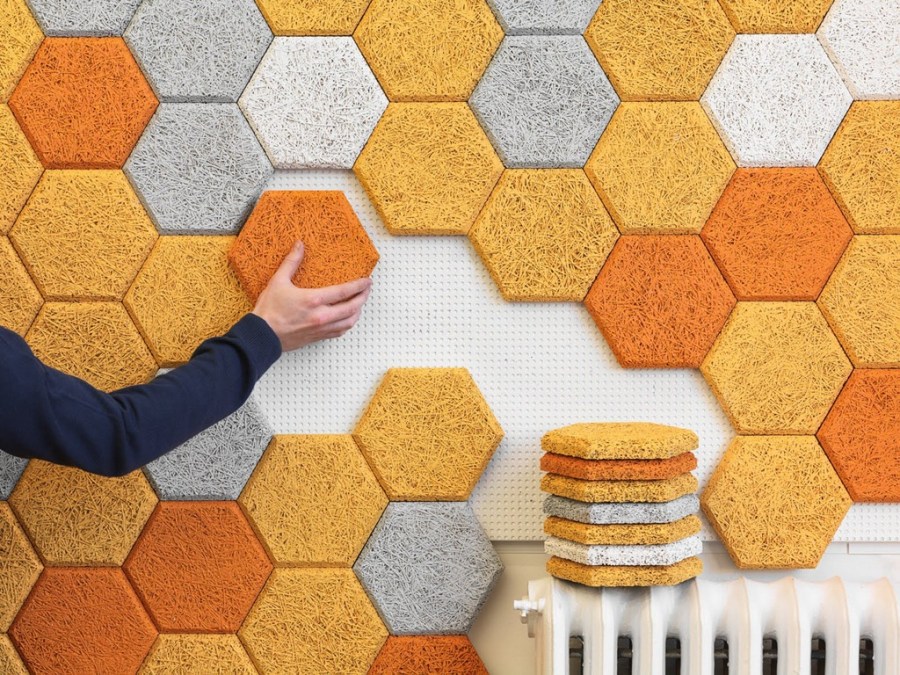

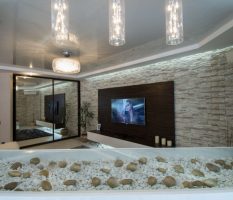
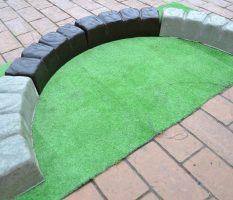







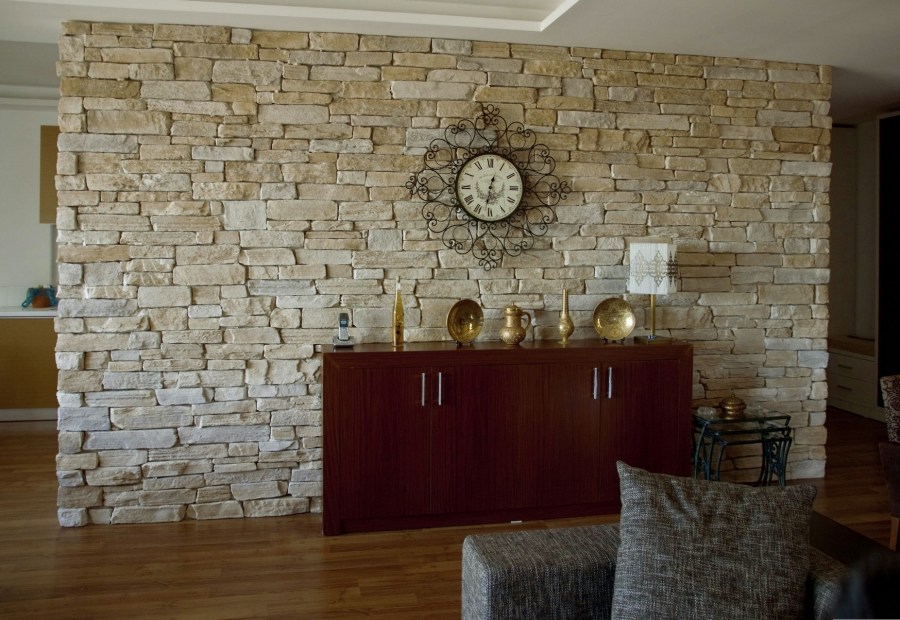

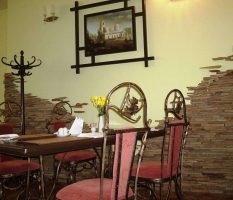
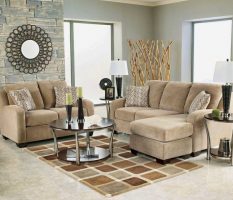
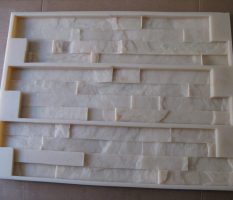

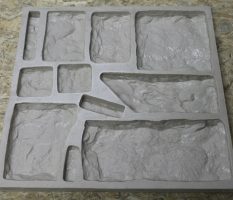

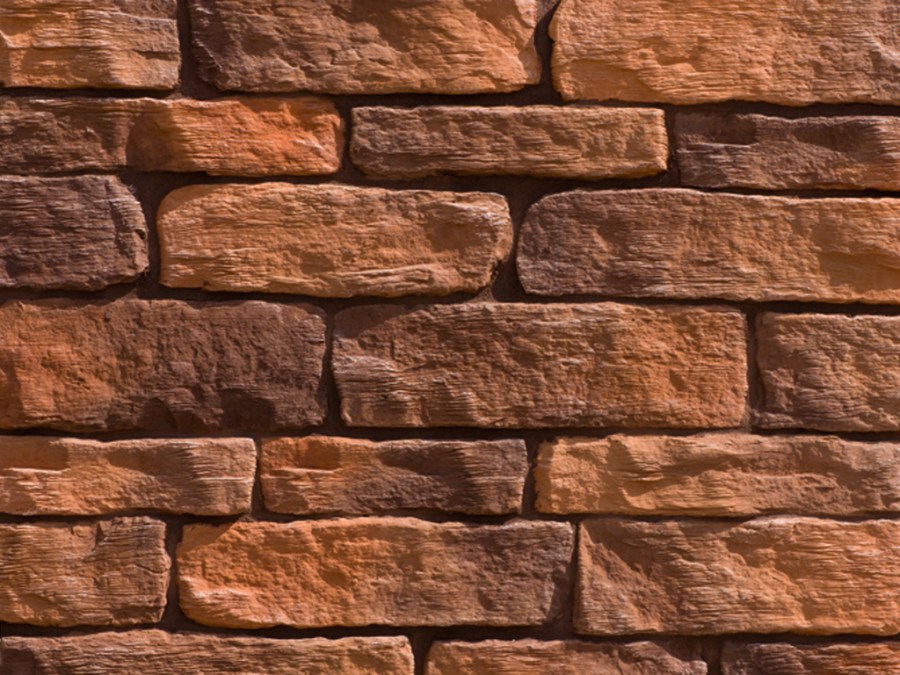


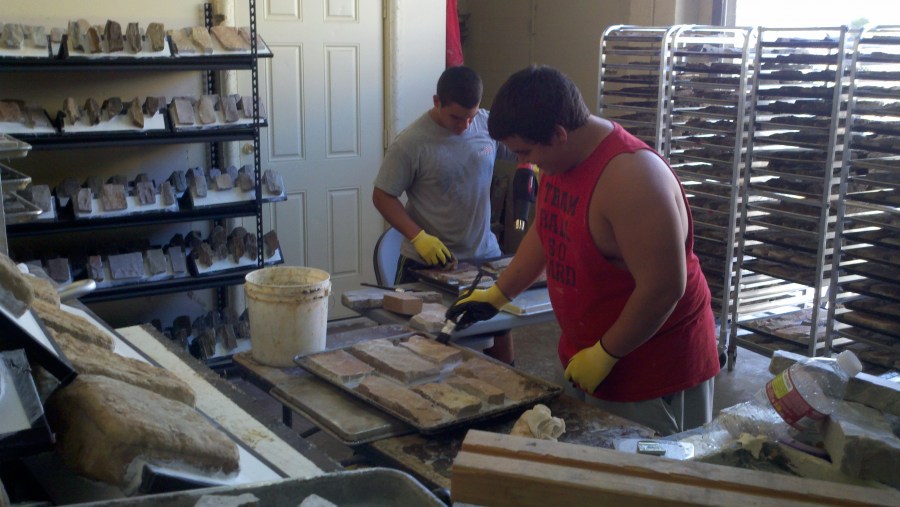


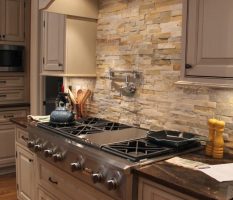






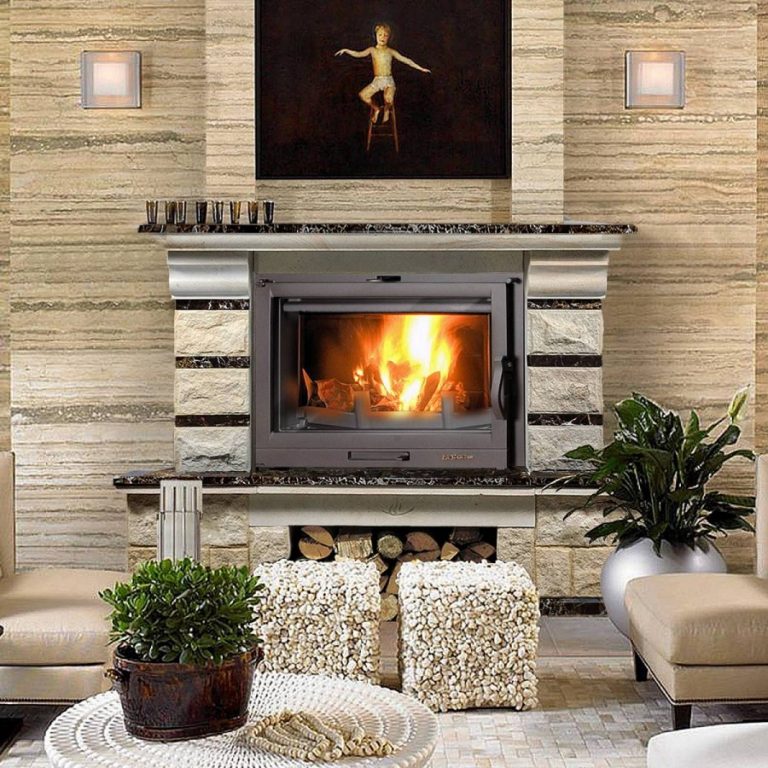
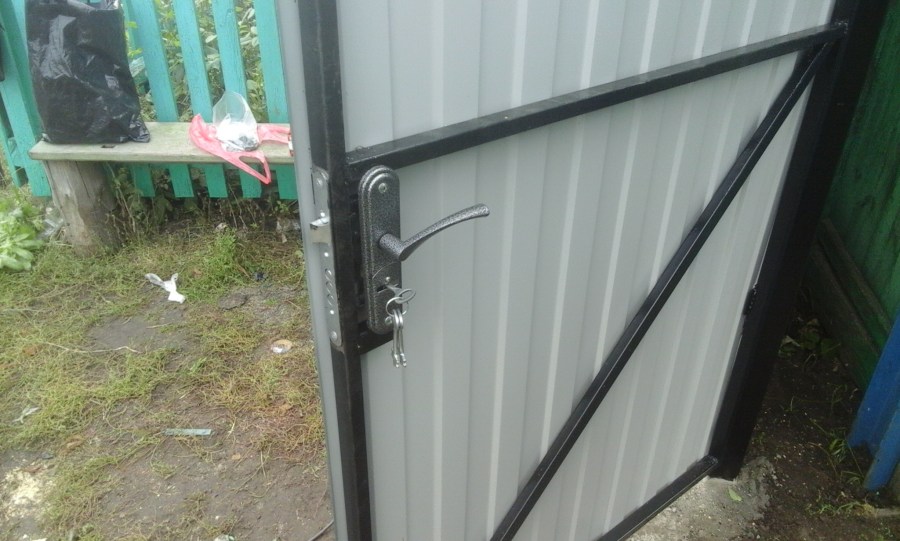
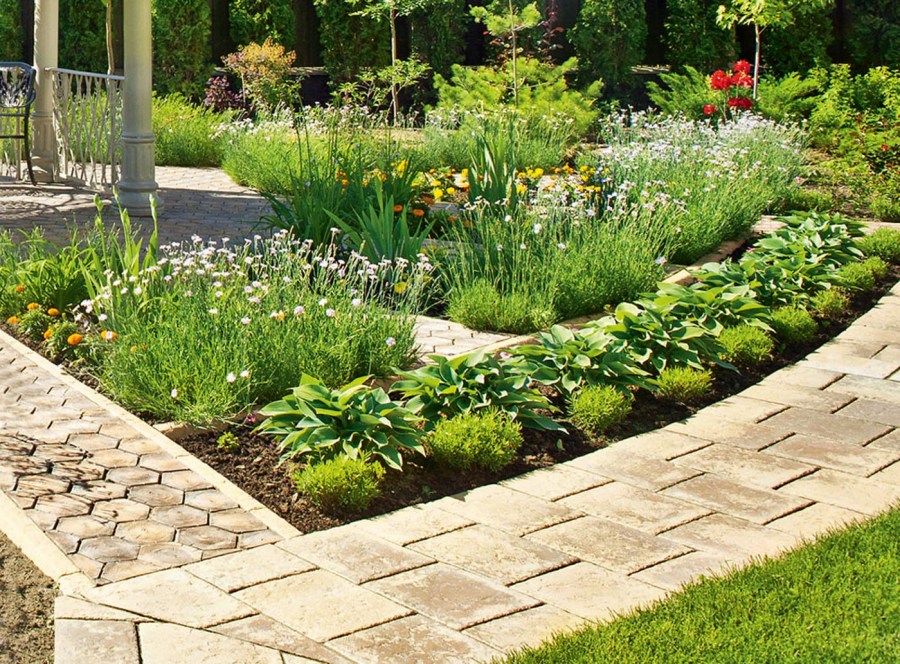





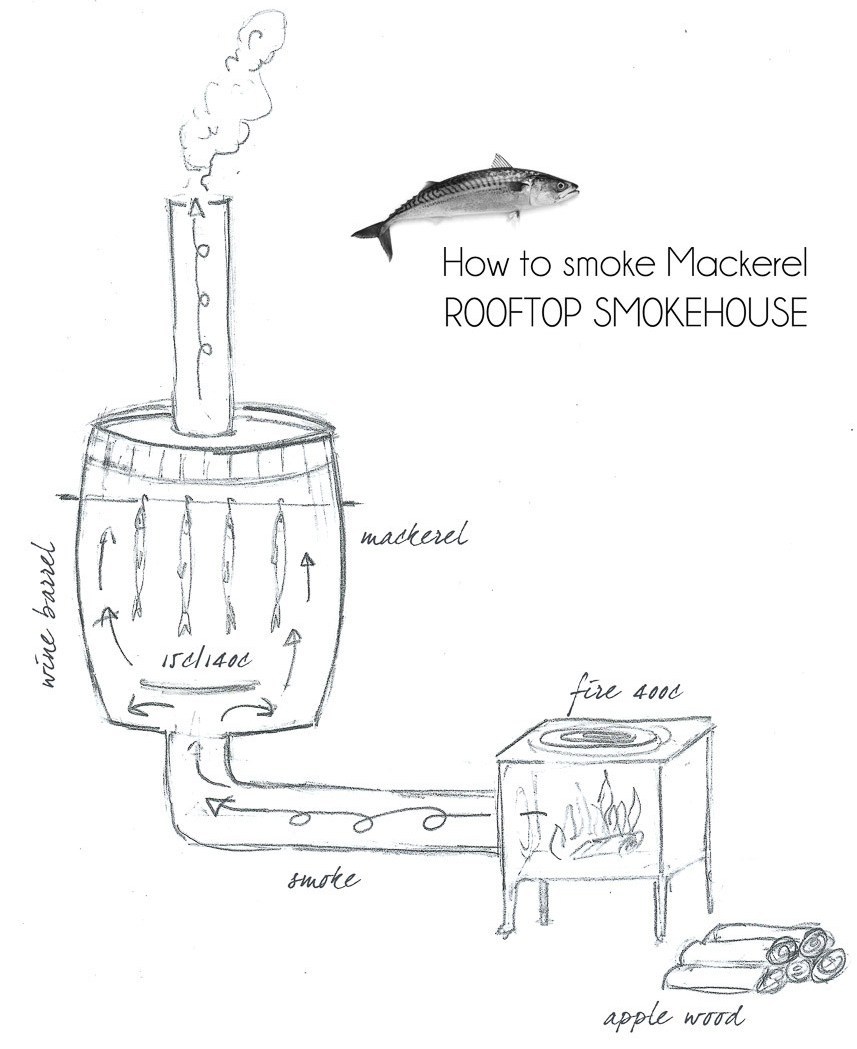
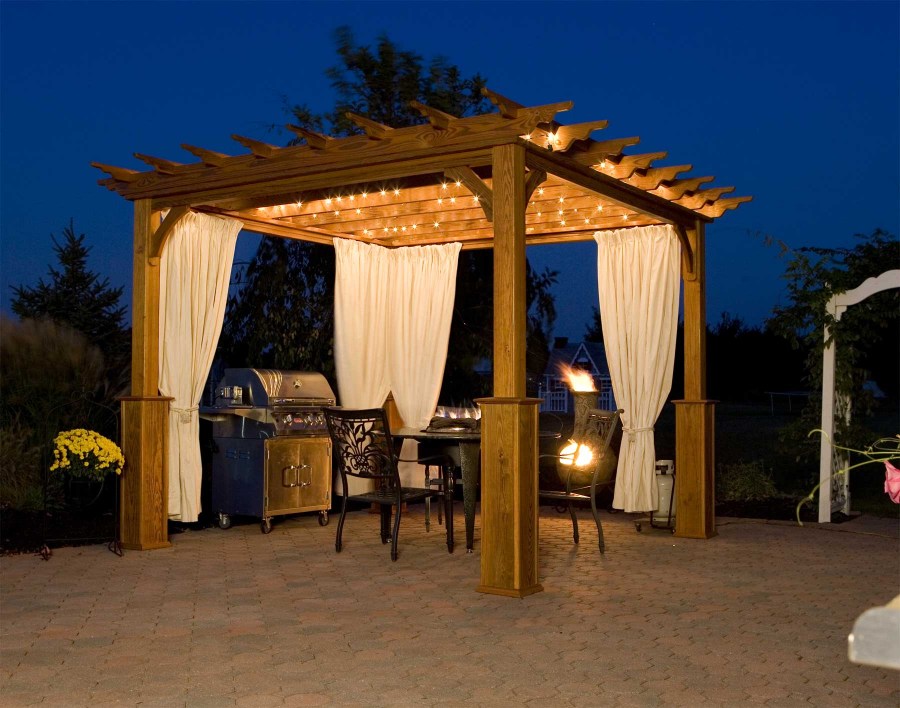


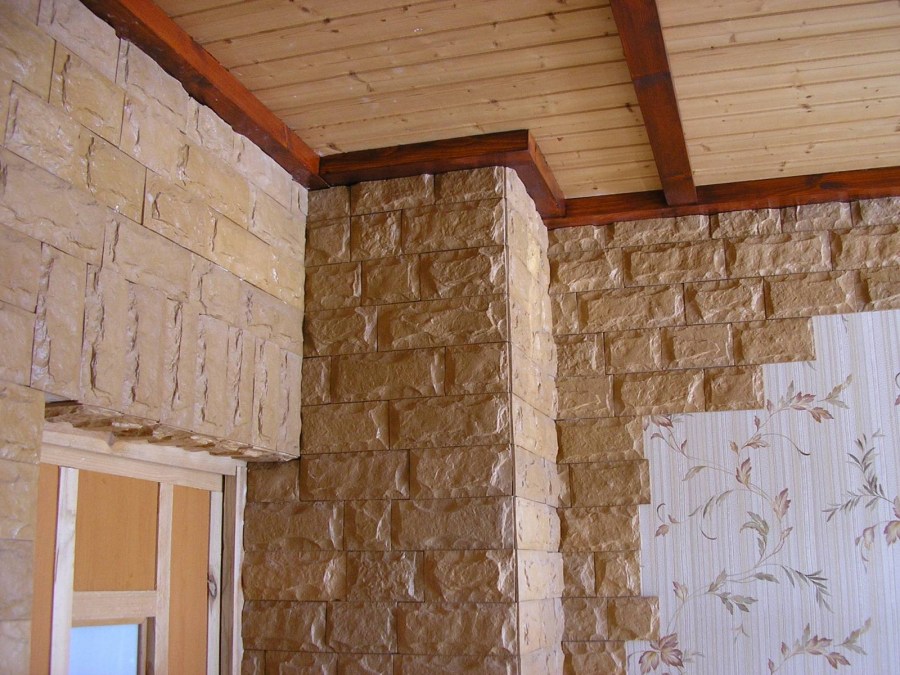




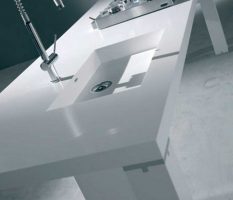


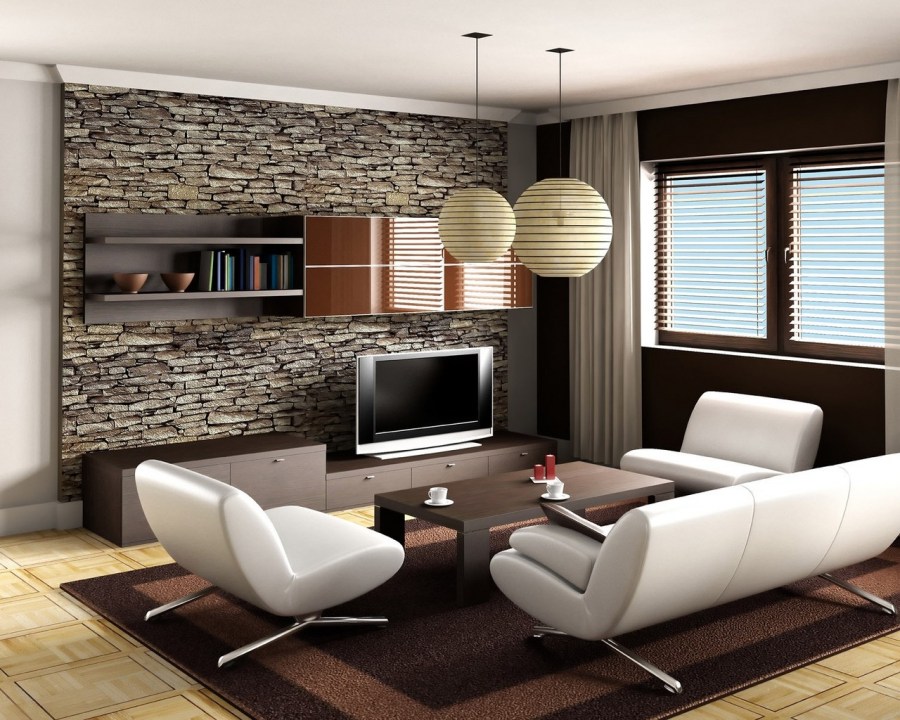
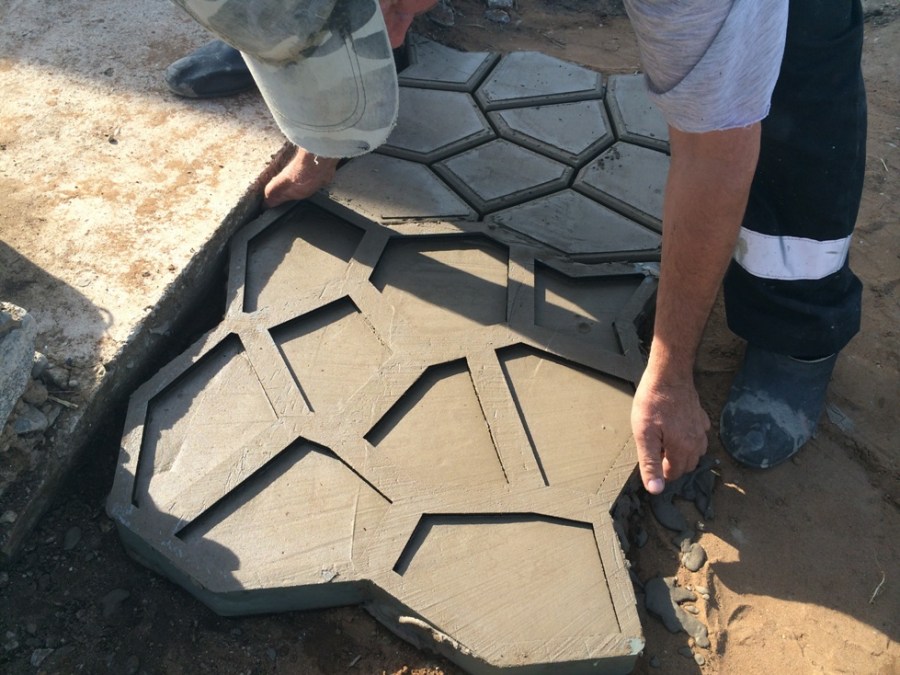

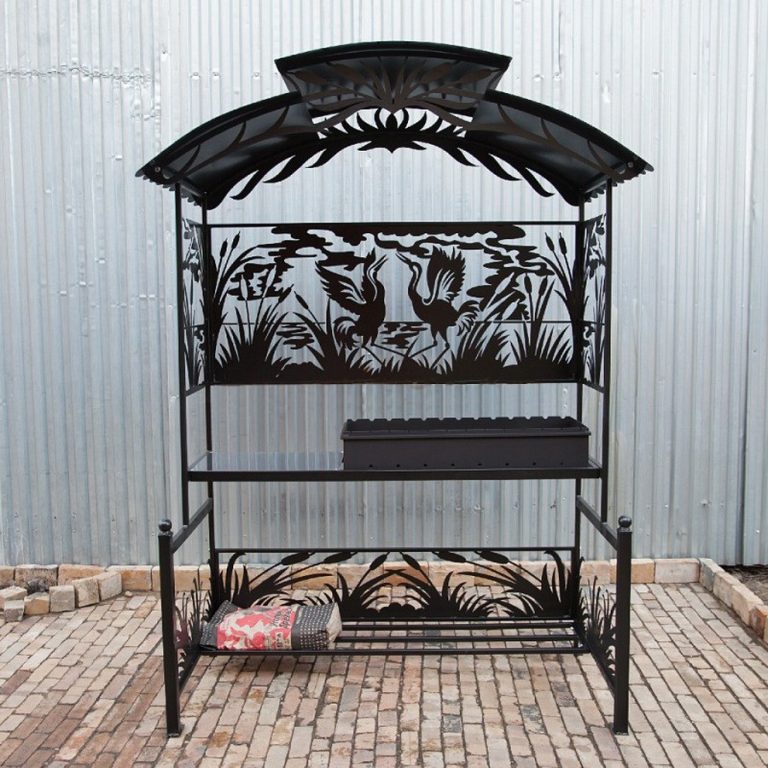
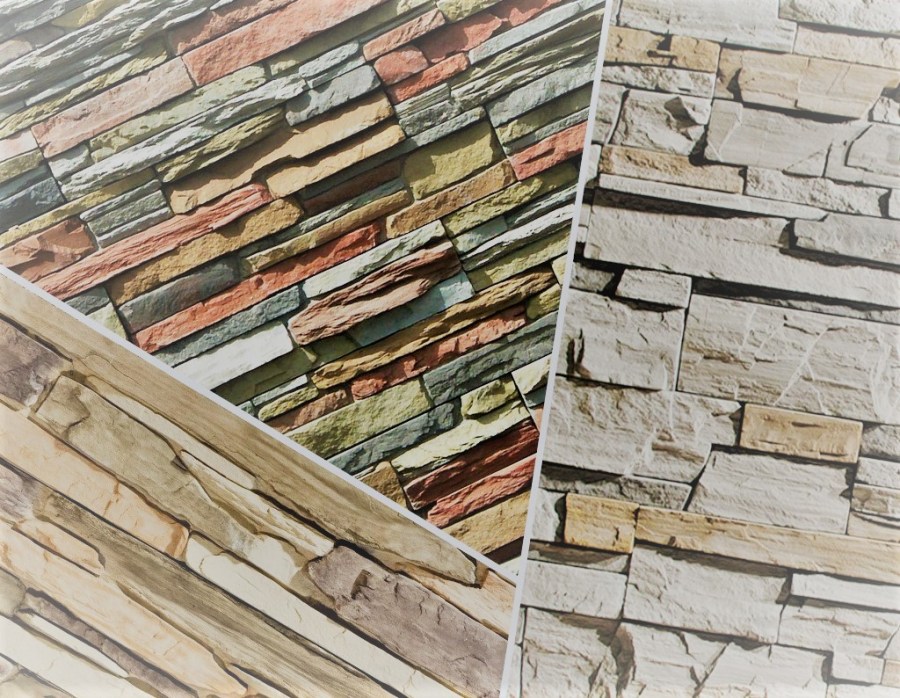





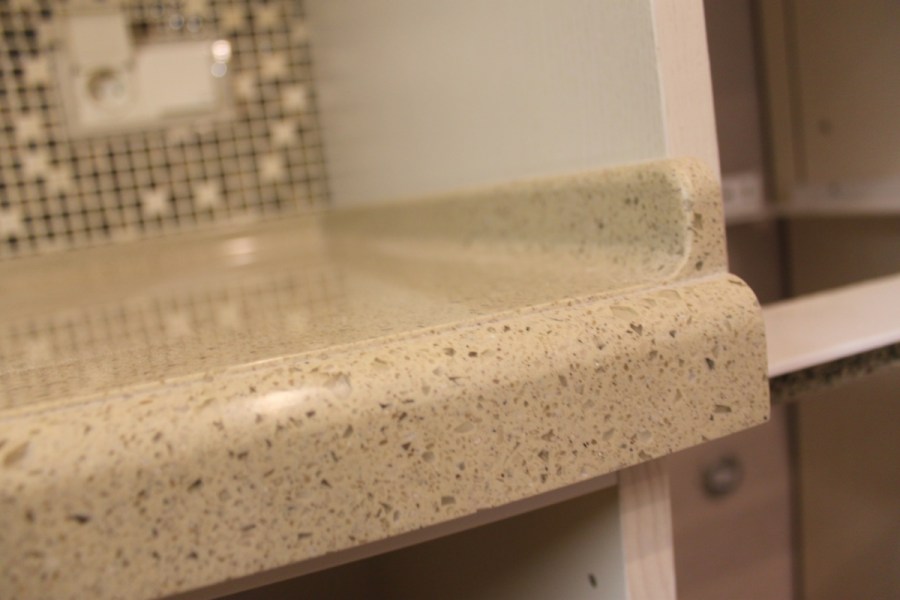


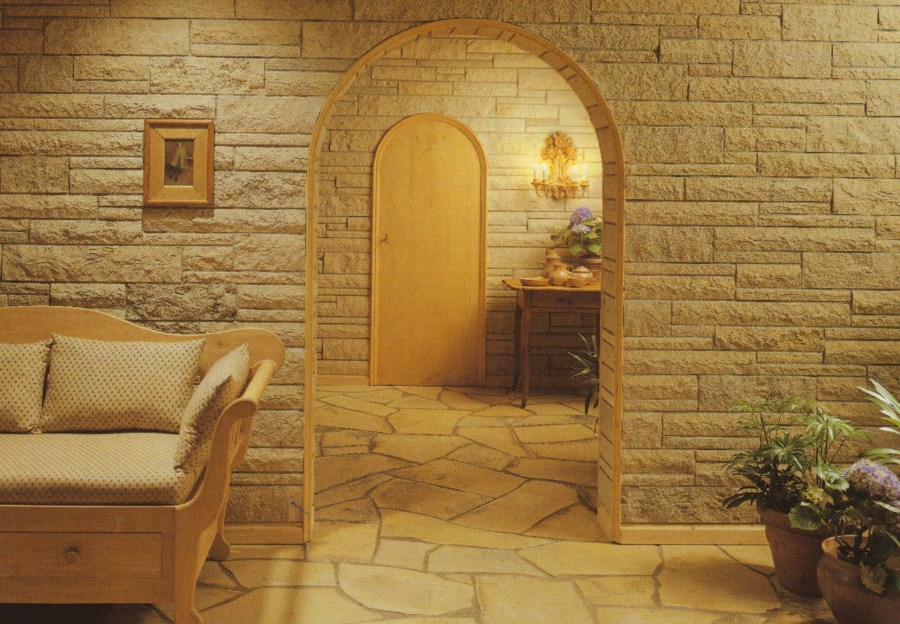

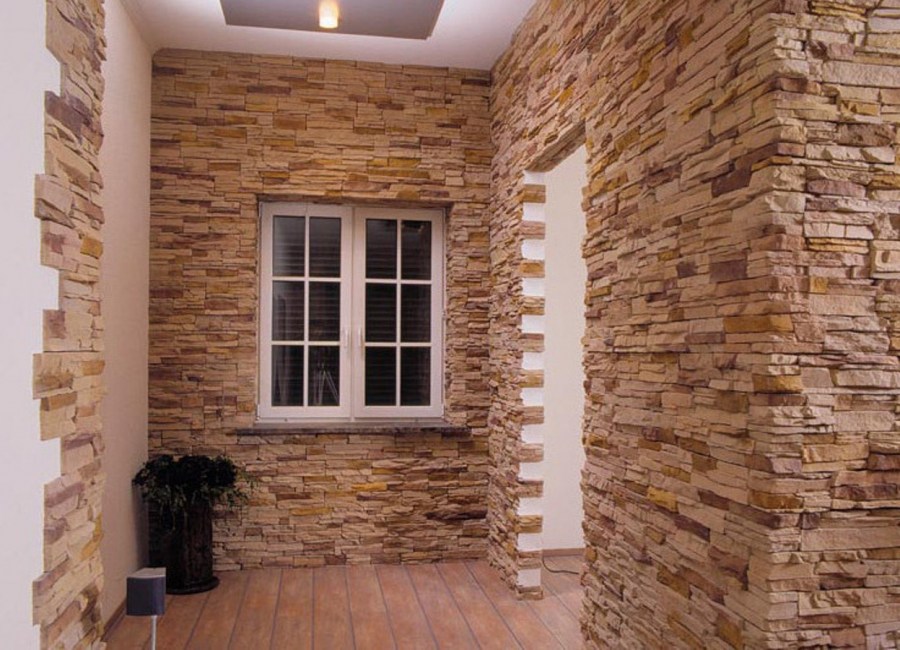

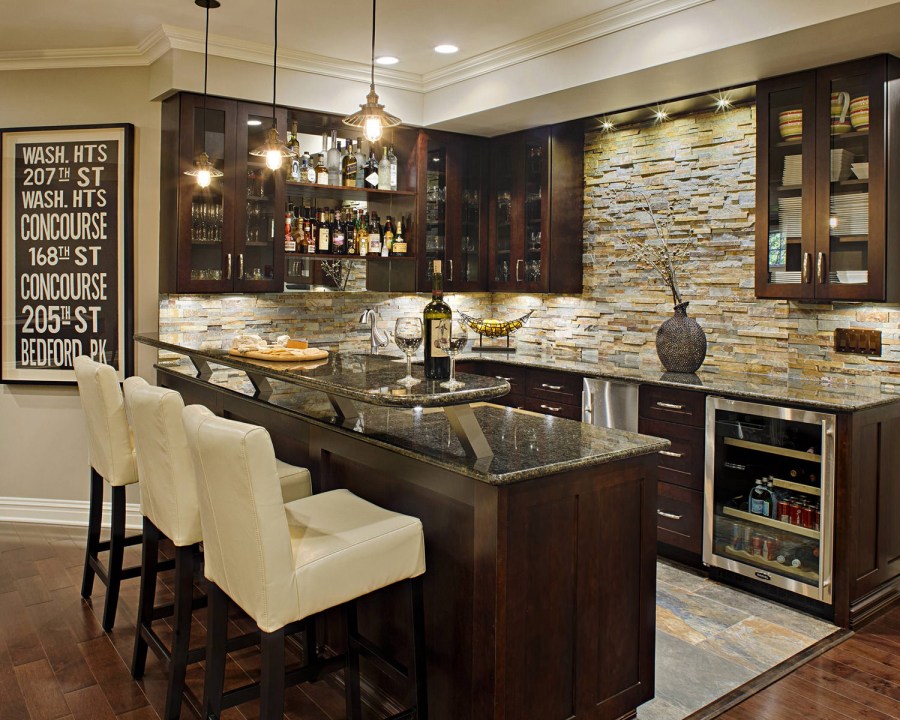




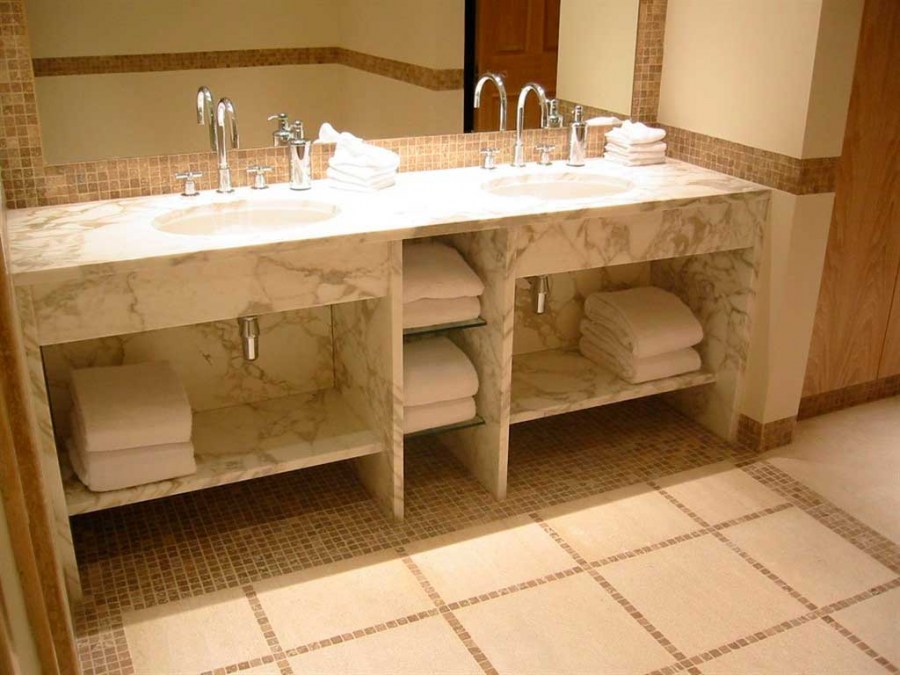

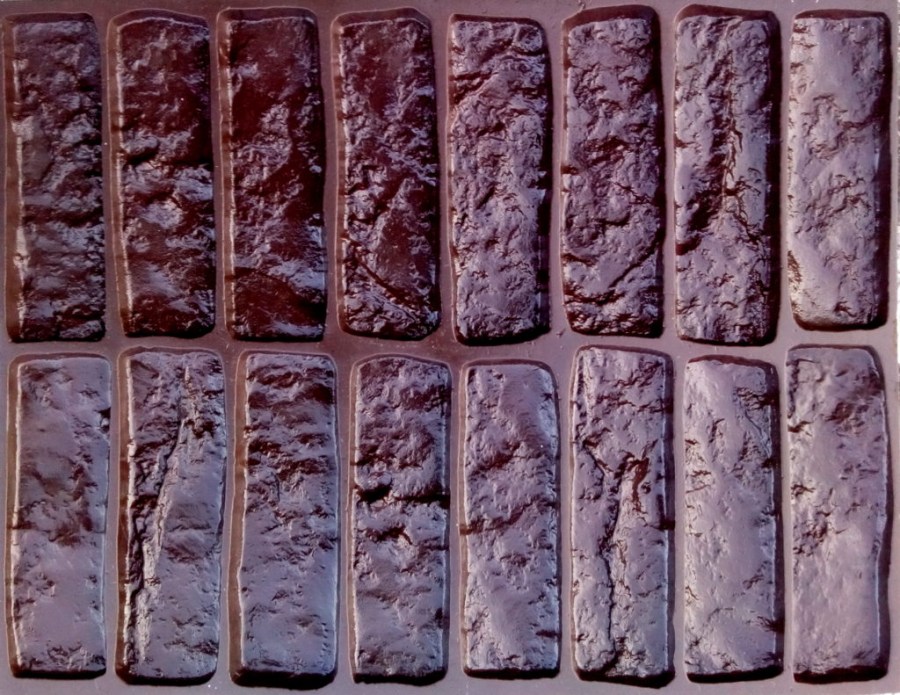
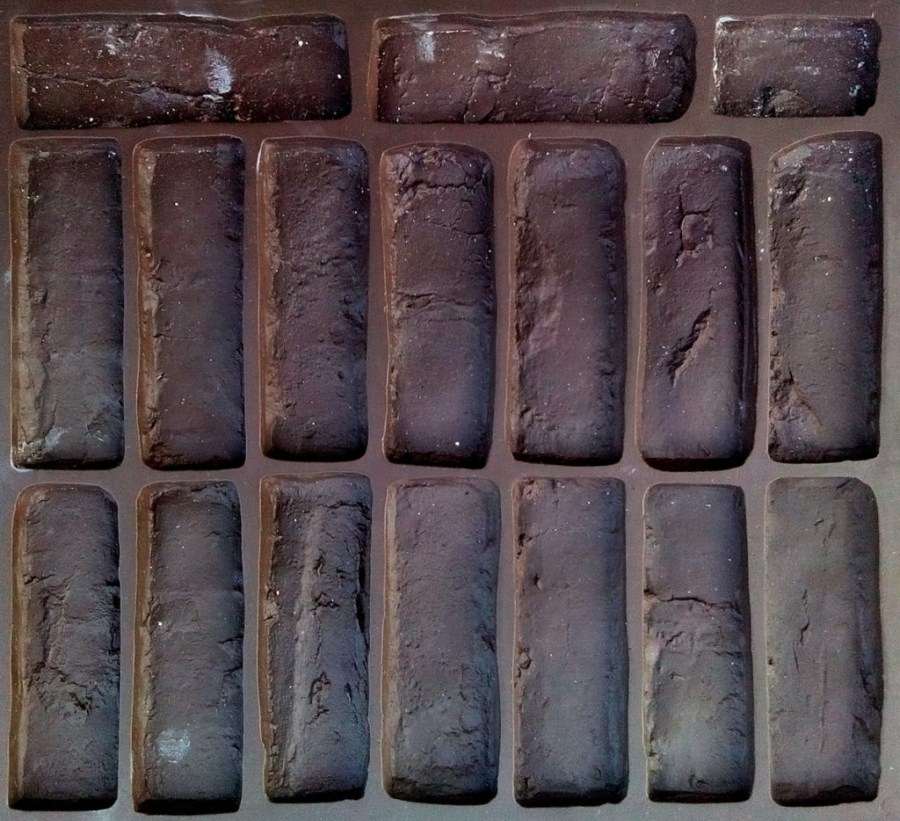
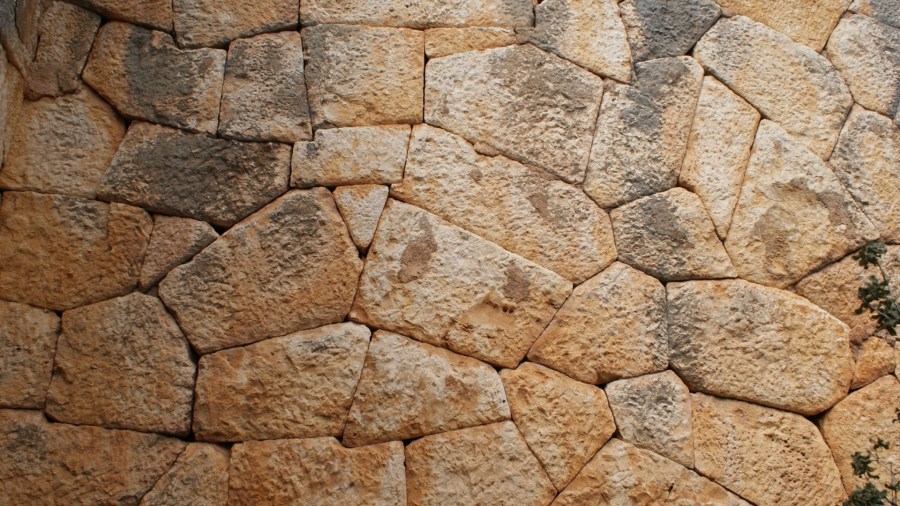
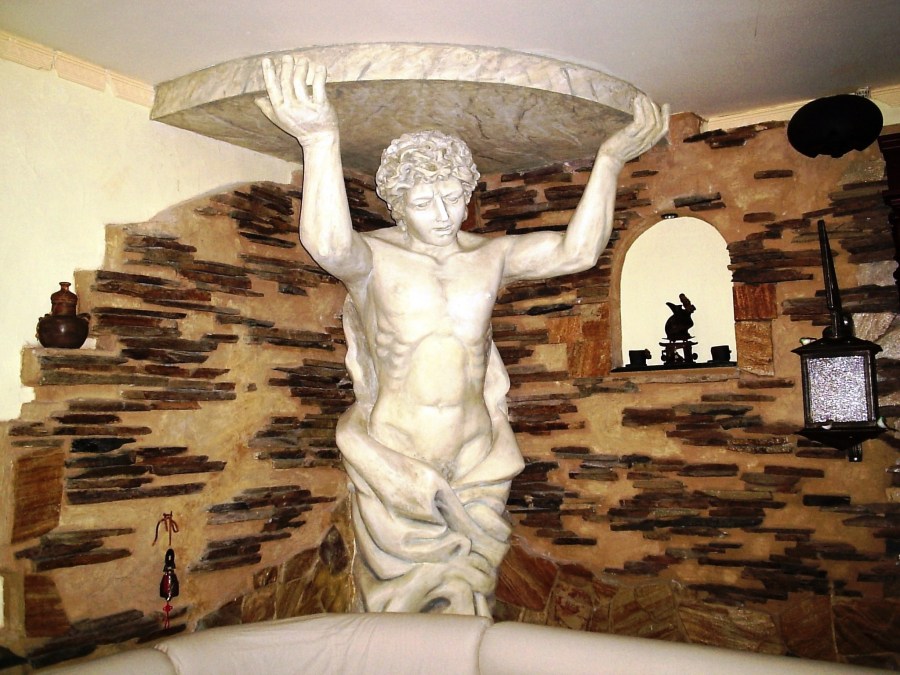

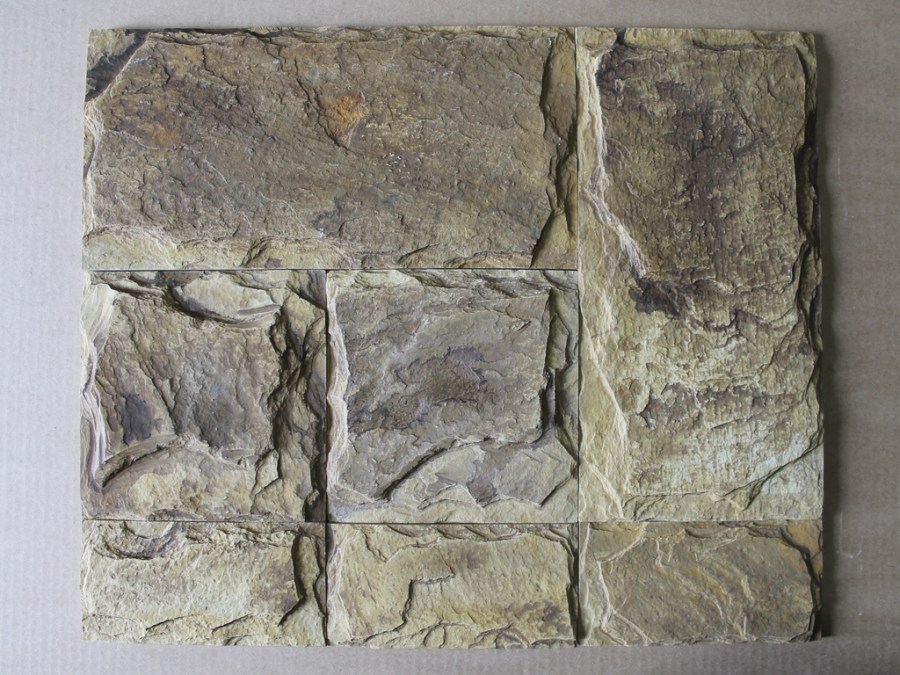
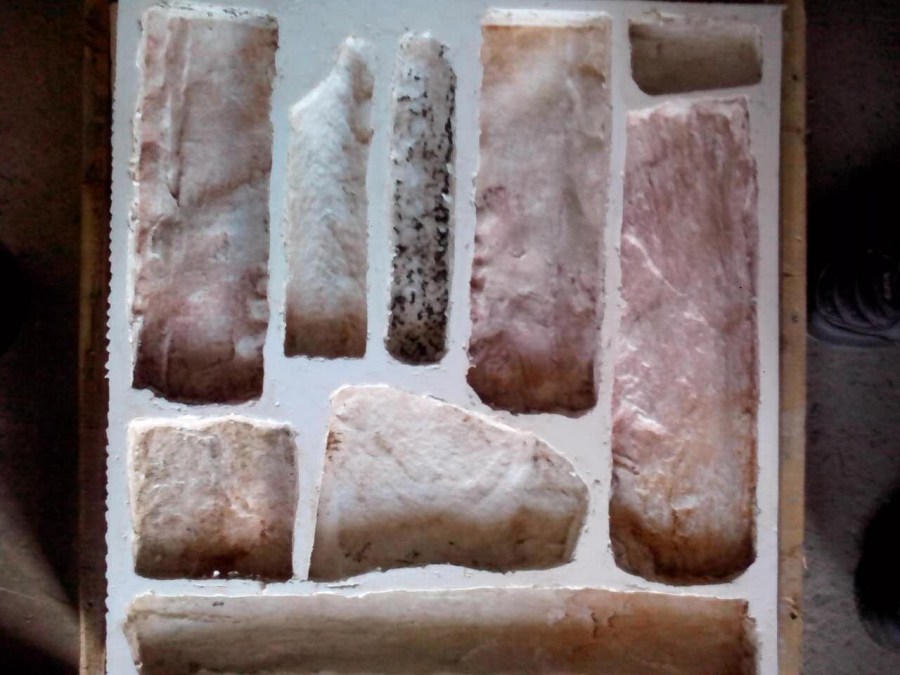
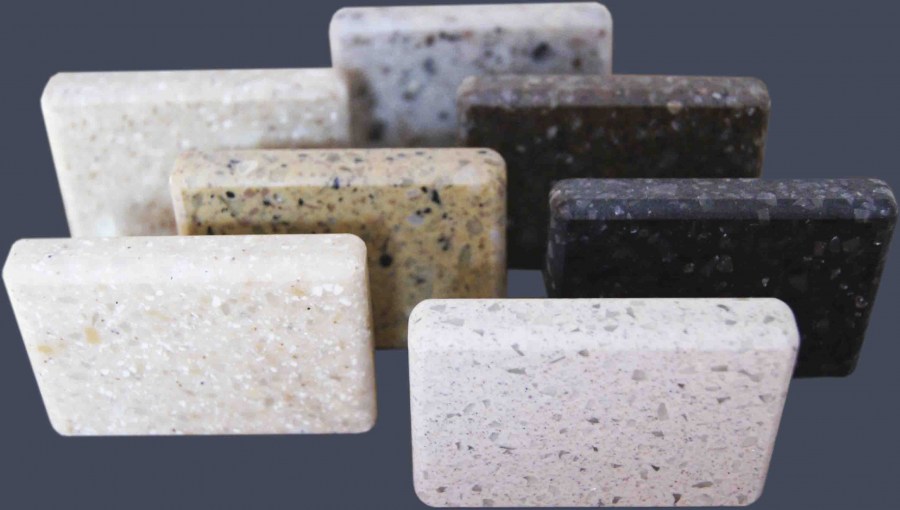
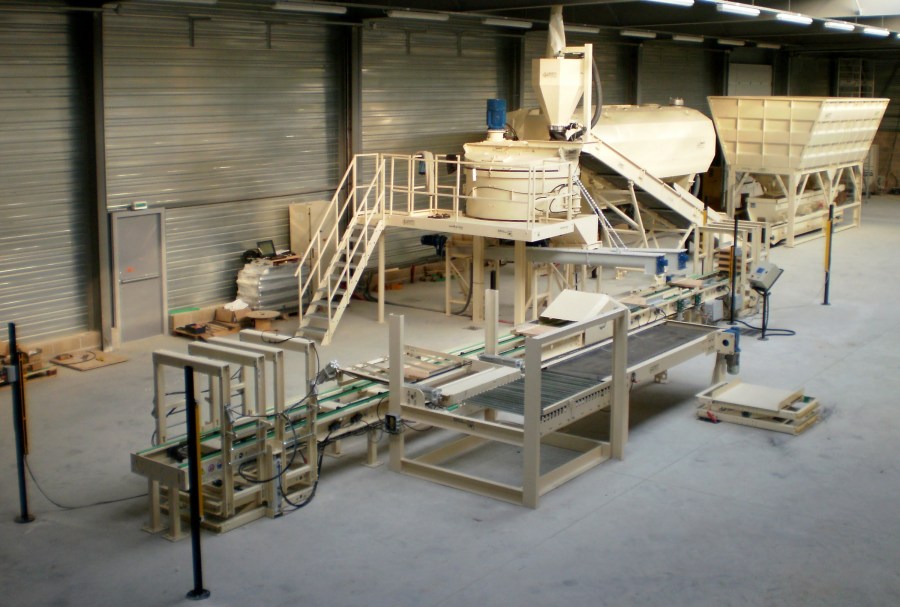


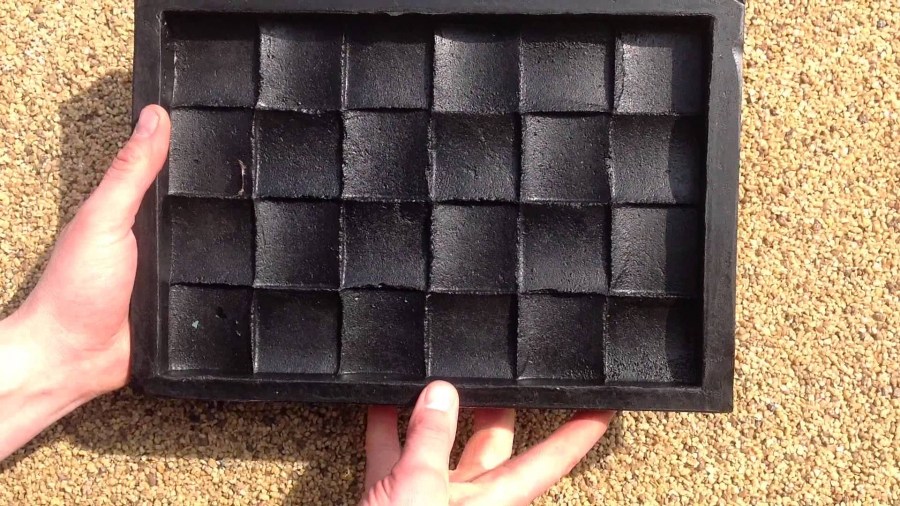


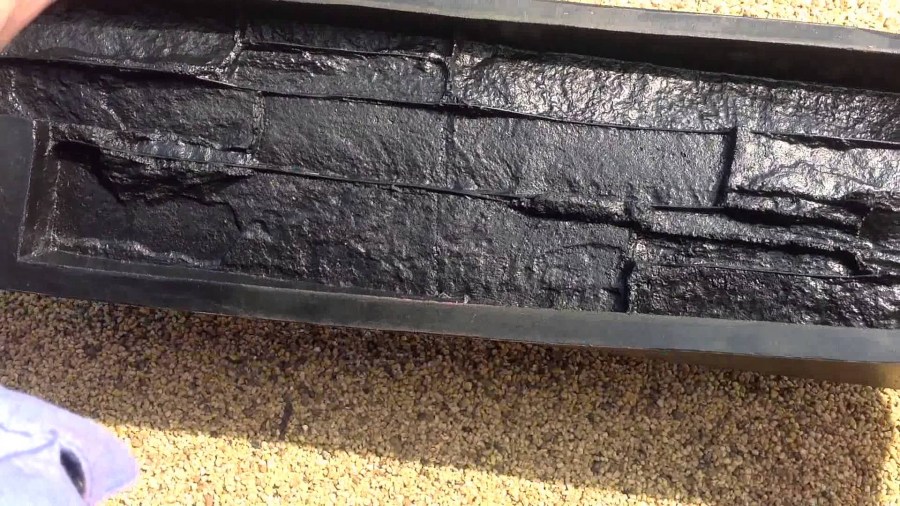
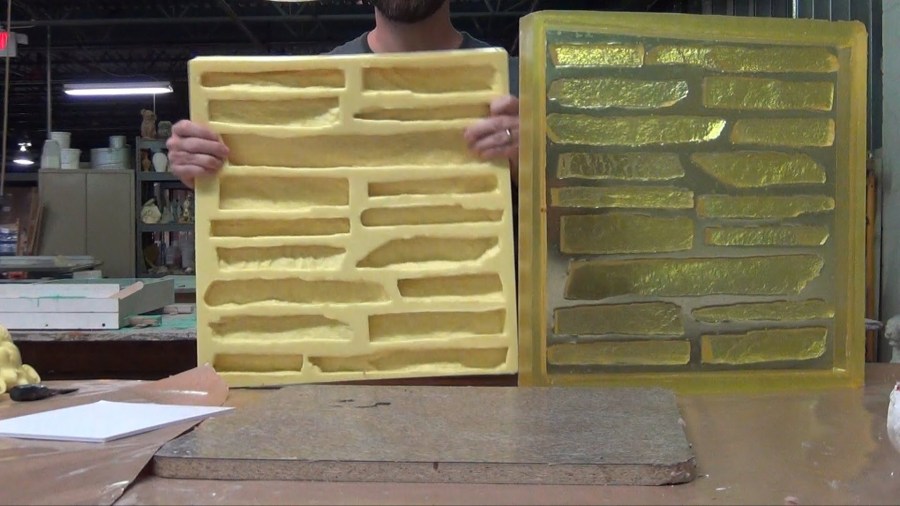
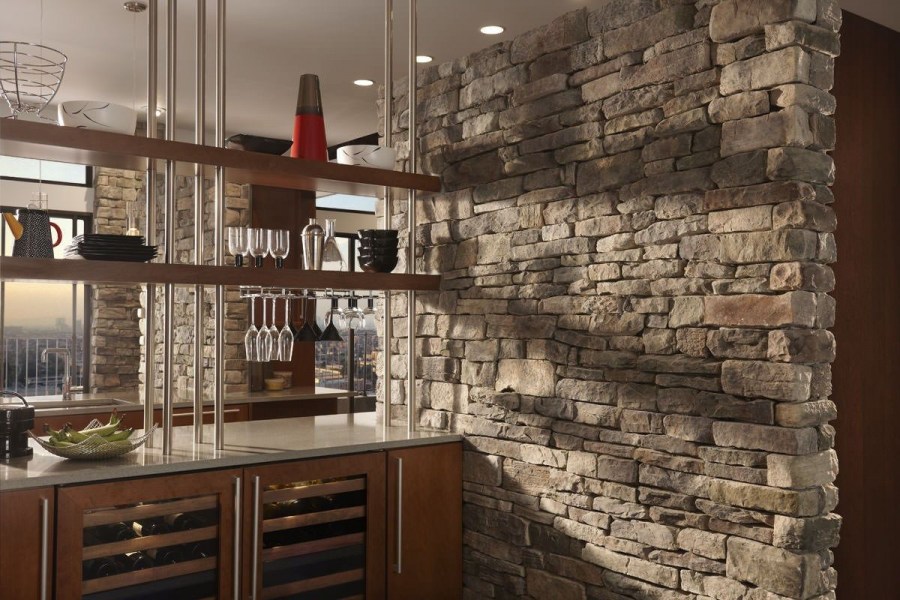
Someone did, please share the results. How much time-consuming work? Where to get materials for pouring? Big money costs per 1 sqm? Thanks to everyone who shares.